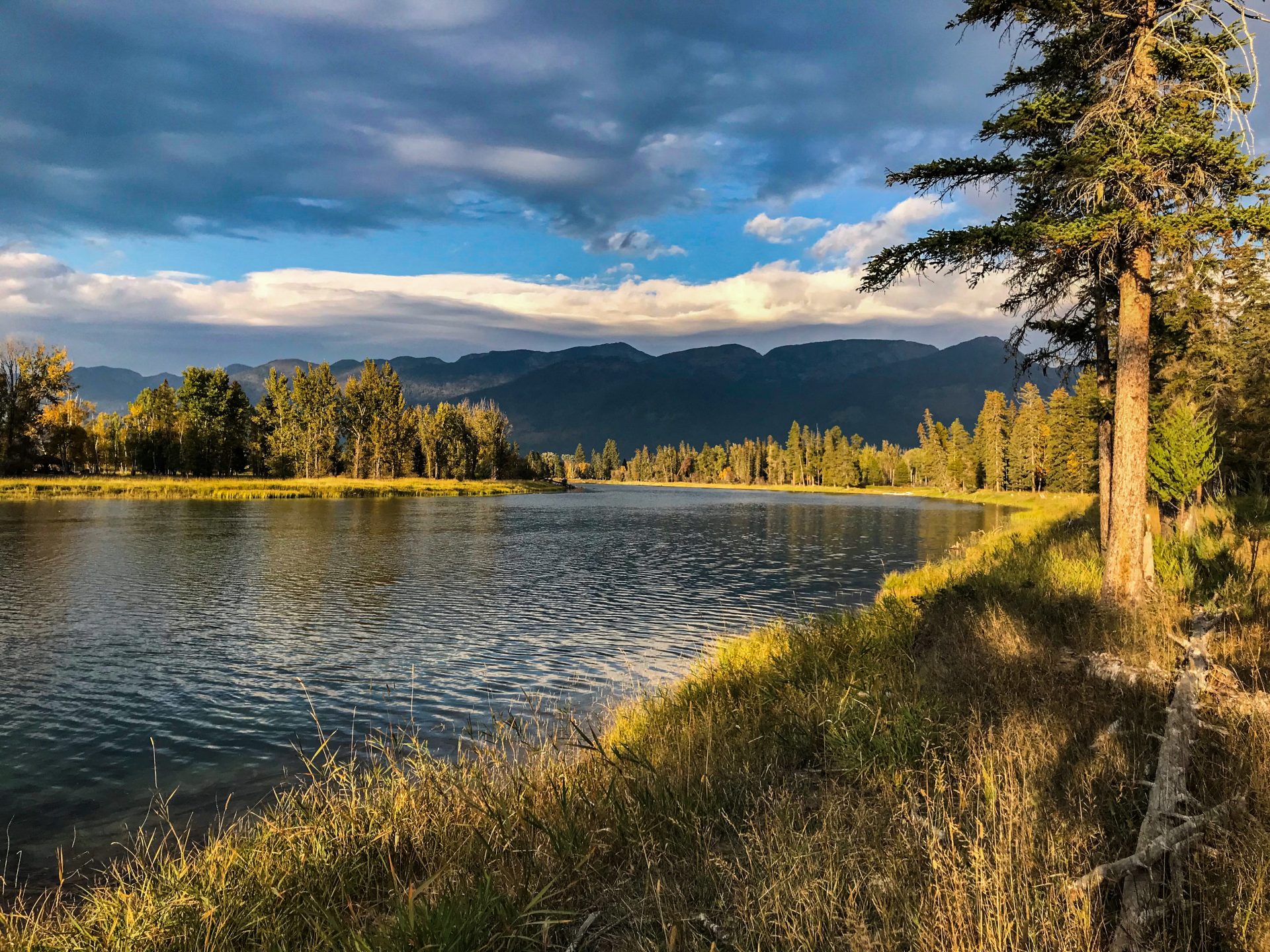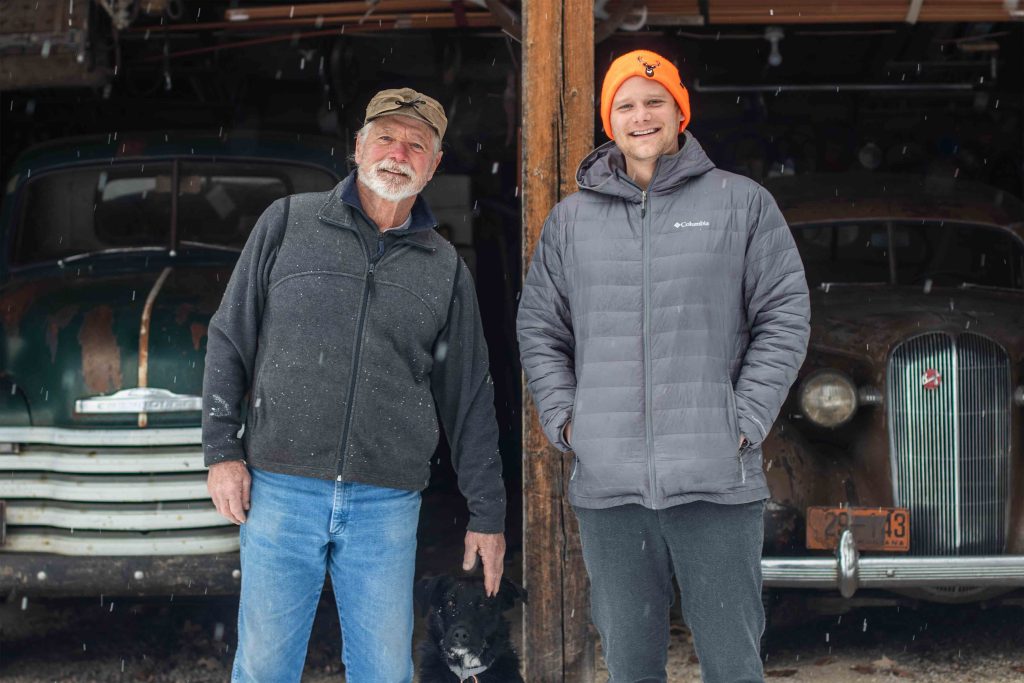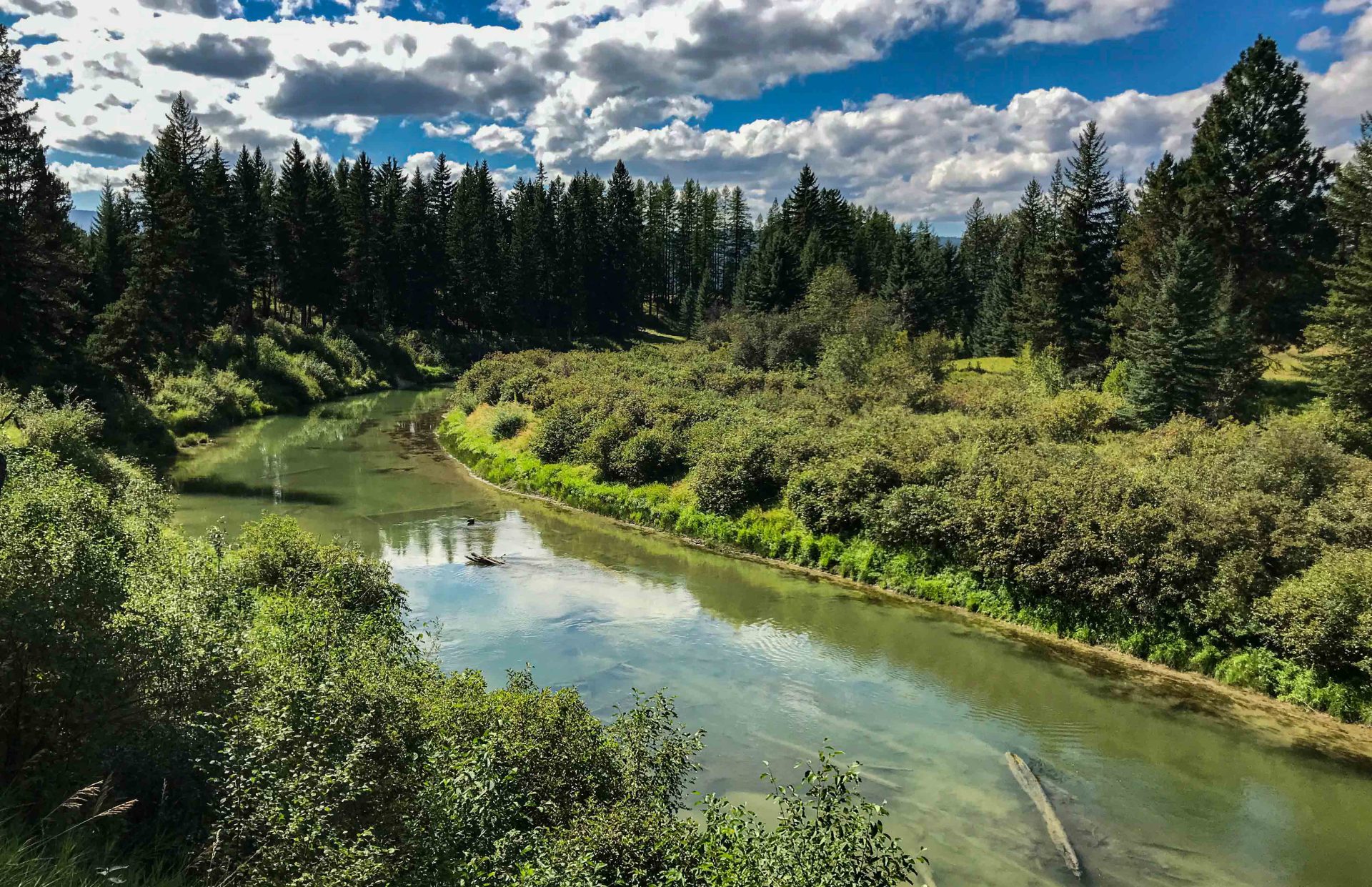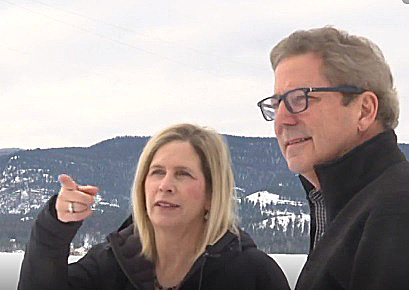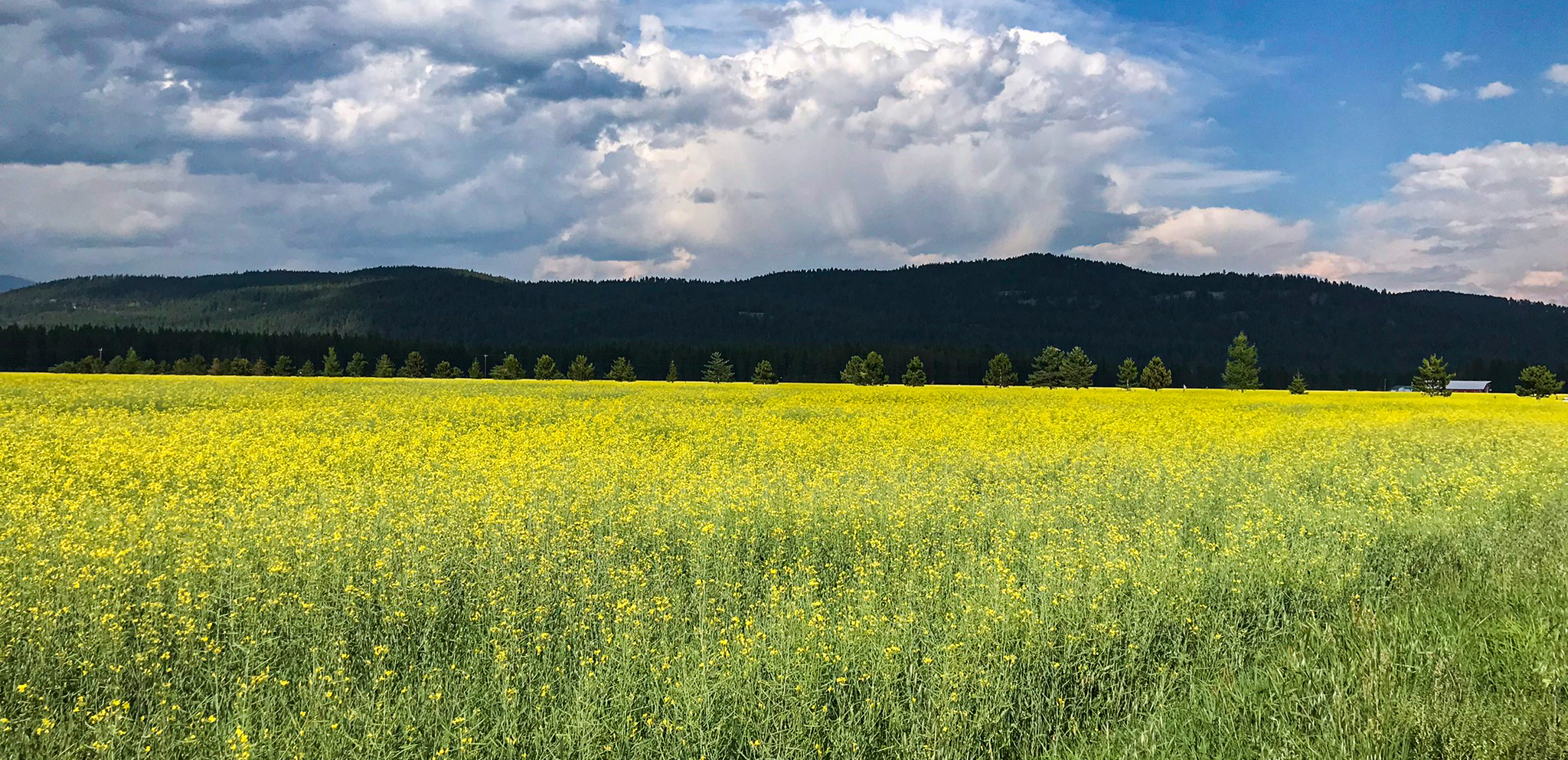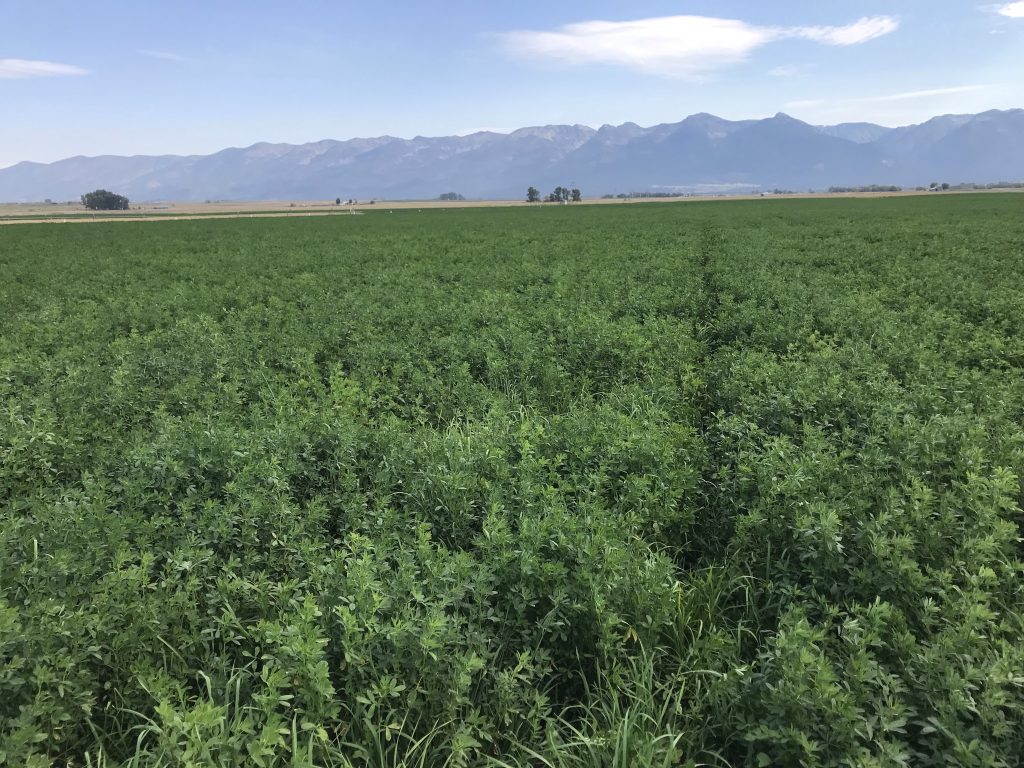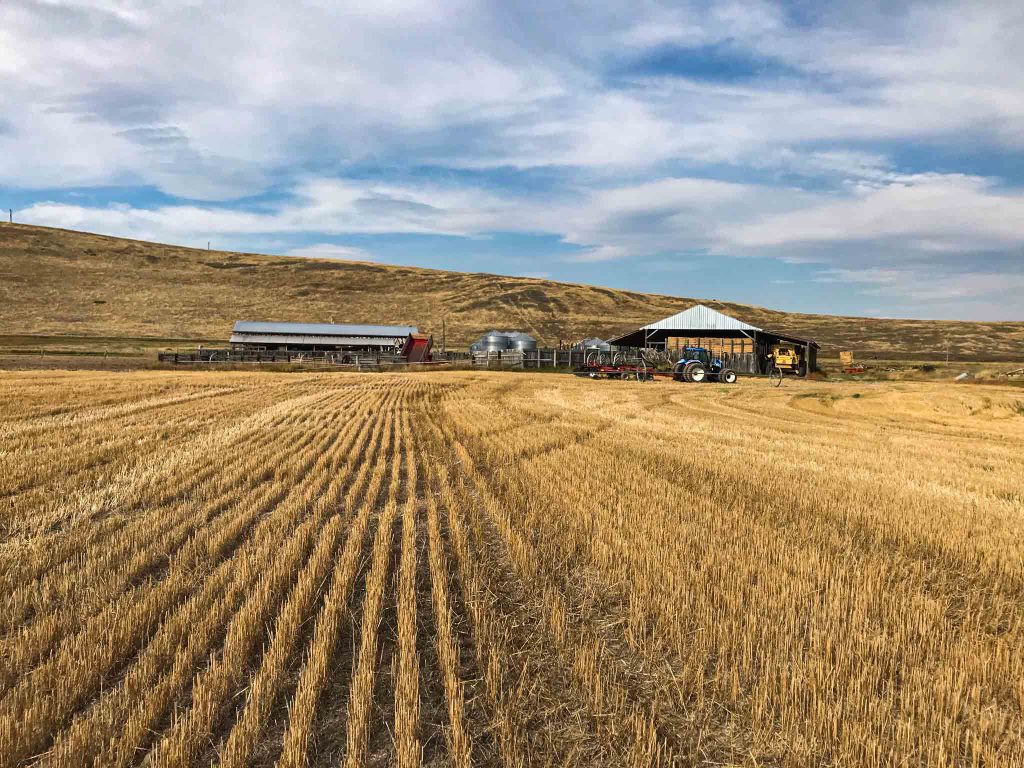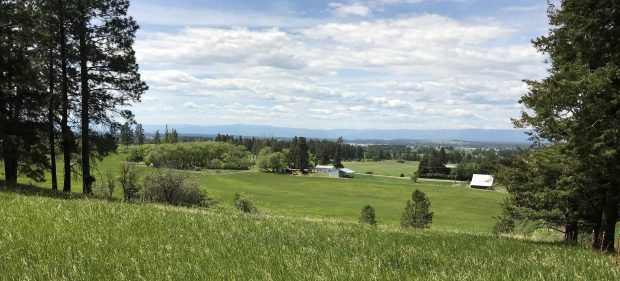We a thrilled to announce that a conservation easement now protects 40 acres of primarily undisturbed forest along the Swan River east of Bigfork. Ed Goldberg worked closely with Flathead Land Trust to place the property under easement on May 1. The parcel borders a third of a mile of the Swan River and contains a mosaic of riparian forest and wetlands supporting a myriad of birds and wildlife. The riparian forest houses large mature spruce, cottonwood, aspen and birch trees and a thick understory of shrubs such as hawthorn, serviceberry, alder, and willow. This natural, largely intact forest with standing snags and woody debris on the forest floor also provides quality wildlife habitat. Grizzly bear, black bear, mountain lion, coyote, fox and deer visit the area, along with at least 114 species of birds. The reach of the Swan River along the property provides unique winter habitat vital to trumpeter swans, hooded mergansers, and other waterfowl. The riparian forest and undeveloped floodplain also helps protect the healthy function, water quality and ecological integrity of the Swan River.
Ed Goldberg expressed his sentiments on conservation of this special place: “The wilderness corridor along the Swan River is a national treasure that needs to be preserved as natural habitat and for its recreational value. It has been my privilege to have worked with Flathead Land Trust in establishing a conservation easement and it is my hope other like-minded landowners will consider doing the same.”

